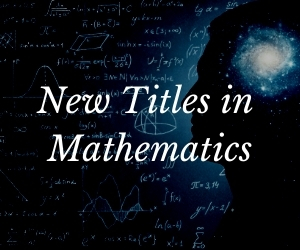System Upgrade on Tue, May 28th, 2024 at 2am (EDT)
Existing users will be able to log into the site and access content. However, E-commerce and registration of new users may not be available for up to 12 hours.For online purchase, please visit us again. Contact us at customercare@wspc.com for any enquiries.
This book describes the generalized Sturmian method, which offers a fresh approach to the calculation of atomic spectra. Generalized Sturmians are isoenergetic solutions to an approximate many-electron Schrödinger equation with a weighted potential. The weighting factors are chosen in such a way as to make all of the solutions correspond to a given energy. The advantage of such an isoenergetic basis set is that every basis function has the correct turning point behavior needed for efficient synthesis of the wave function.
The book also discusses methods for automatic generation of symmetry-adapted basis sets. Calculations using the generalized Sturmian method are presented and compared with experimental results from the NIST database. The relationship of Sturmians to harmonic polynomials and hyperspherical harmonics is also described. Methods for treating angular functions and angular integrals by means of harmonic projection are discussed, and these methods are shown to be especially useful for relativistic calculations. A final chapter discusses application of the generalized Sturmian method to the calculation of molecular spectra.
Sample Chapter(s)
Chapter 1: Historical Background (137 KB)
Contents:
- Historical Background
- Momentum Space and Iteration
- Generalized Sturmians Applied to Atomic Spectra
- Autoionizing States
- Core Ionization
- Strong External Fields
- Relativistic Effects
- Momentum Space, the Fock Transformation
- Harmonic Polynomials
- Hyperspherical Harmonics
- The Many-Center Problems
Readership: Physicists and chemical physicists as well as mathematicians and computer scientists working in quantum theory and harmonic polynomials. Also suitable as a graduate textbook in these fields.

























